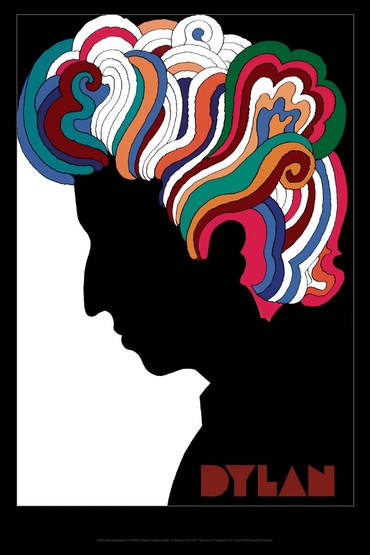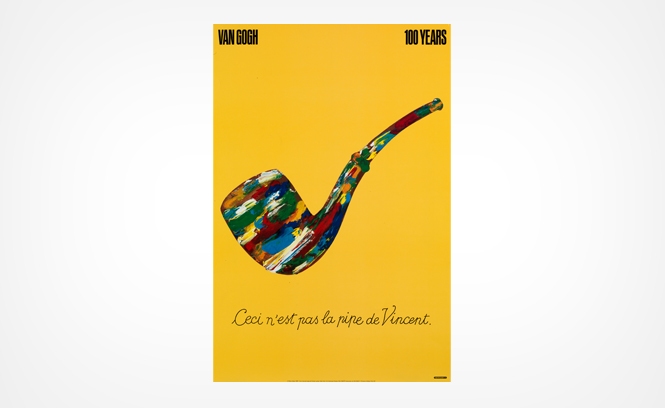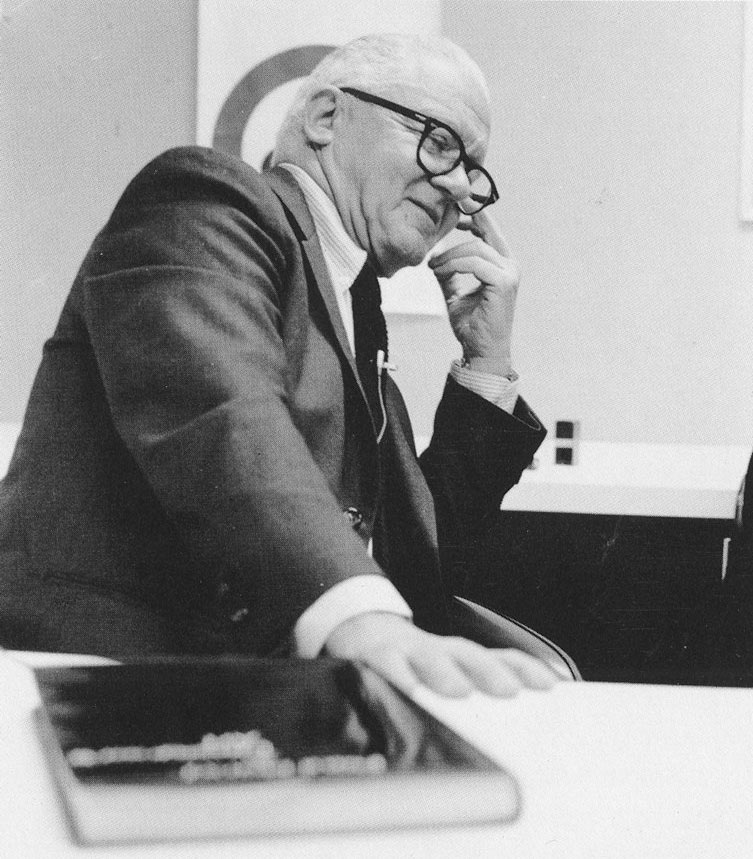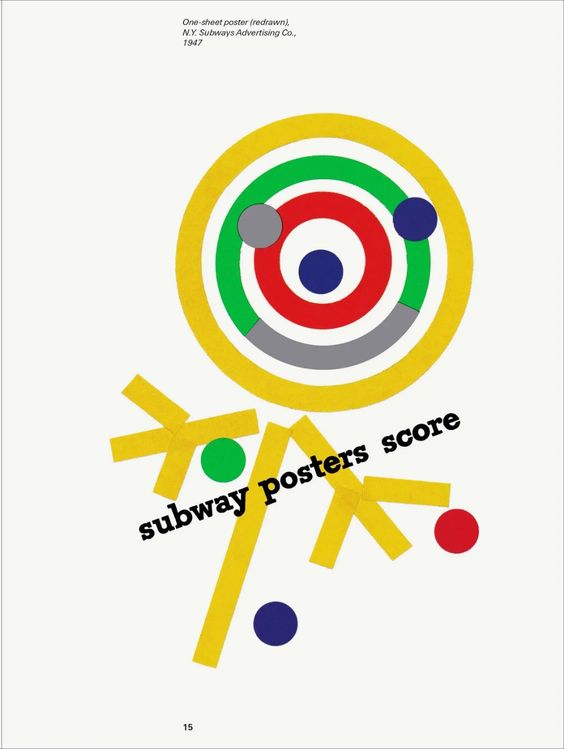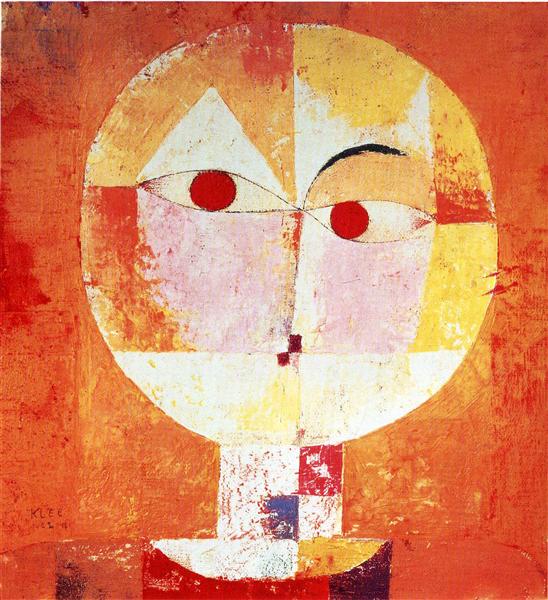Stuart Ash is a Canadian designer, born in 1942 in Hamilton, Ontario

I like Stuart’s Centennial Symbol for a long time but I did not know who designed it until I learned him in this class.

This logo is really an impressive design for me. It was on the Calgary tower when I saw it the first time. I can still remember that when I was looking down from the tower, all the buildings are having some words or logos on the top to show to the tower, and this is the one that attracts my sight the most and makes me impressive until today. I just like this kind of simple harmony but with a great meaning behind it. Almost only using the regular triangle building up the whole image is a very excellent idea, especially the pattern is also very pure. Different colours are showing the diversity and inclusion, that makes this image a very high altitude in the behind meaning.

His other works are also very simple and pure. This makes his idea can be understood easily.

When I was looking at his works, it was just like reading a kid’s story, very easy to read but very meaningful. It gives me a kind of relaxing at the spirit.










